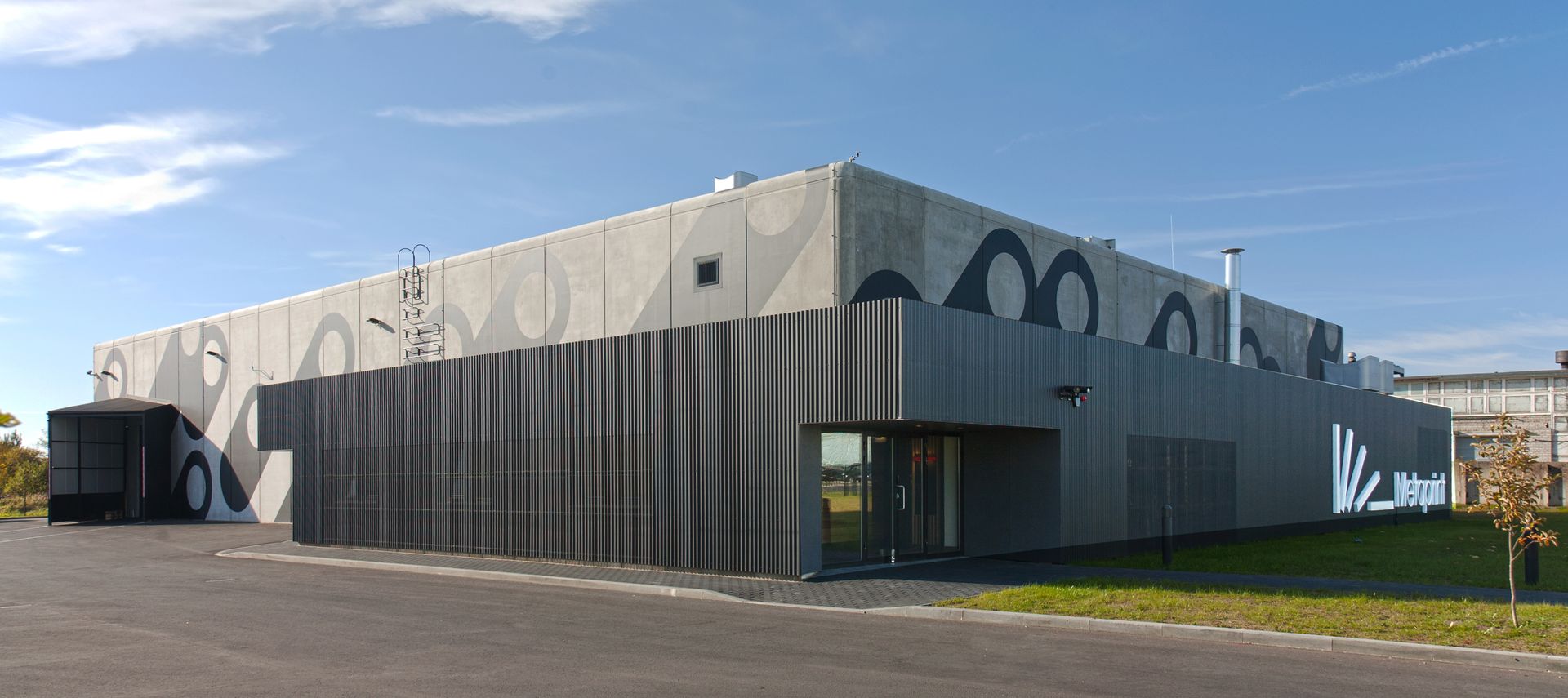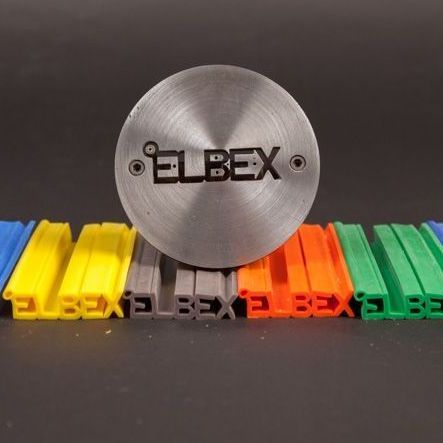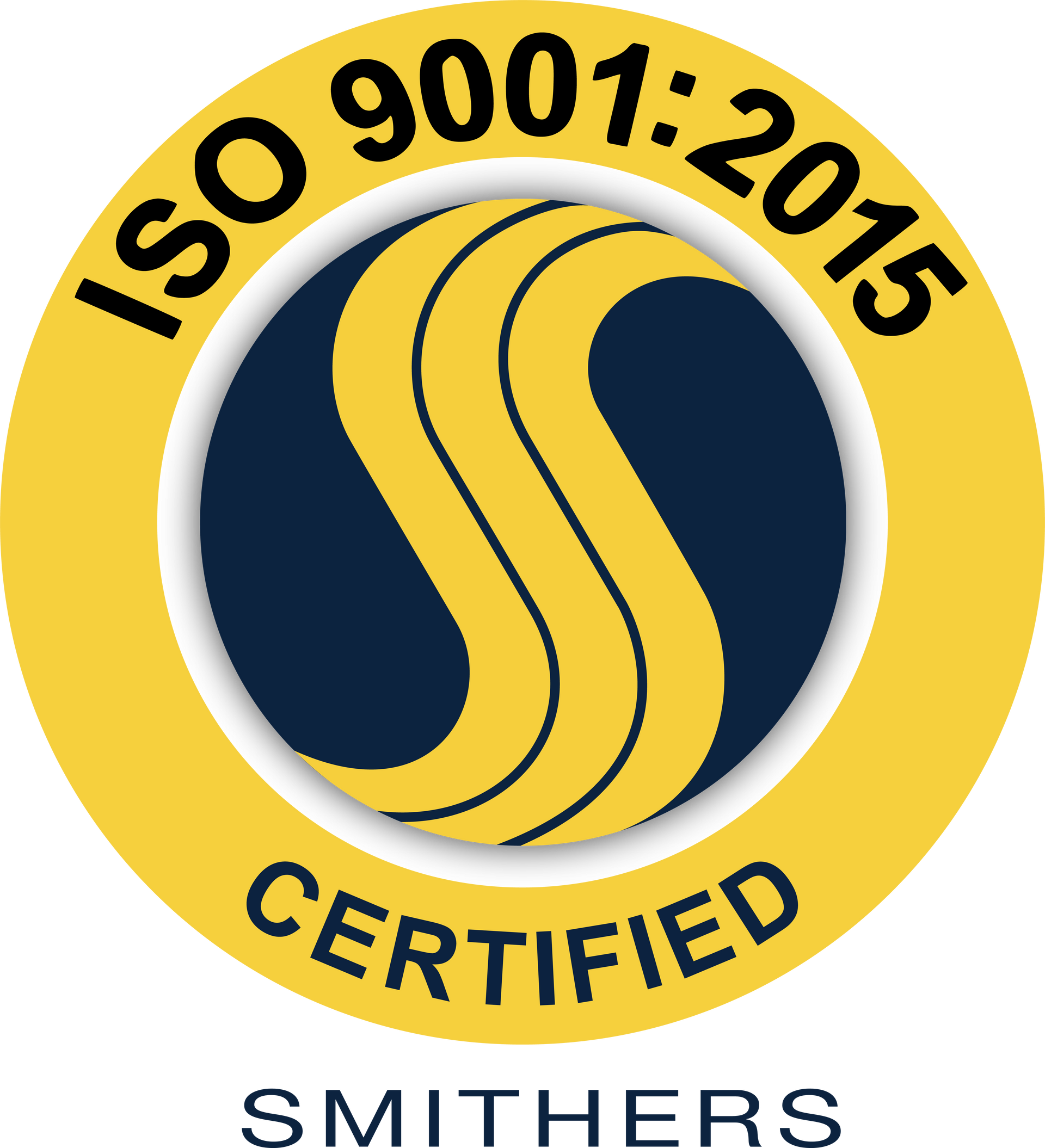Unlocking the Power of Rubber: Understanding Elastomer Properties for Optimal Performance

Rubber elastomers are used in countless industries and applications, from automobiles to architecture. However, understanding the physical properties of rubber elastomers is essential for getting the right material for the right application. At Elbex, our deep understanding of elastomer characteristics ensures you’ll get the right match for your project.
Key Properties of Rubber Elastomers
The following properties are critical when considering which rubber elastomer is right for your application:
- Elasticity and resilience: Rubber has the ability to deform under stress and then return to its original shape. Important in vibration damping and shock absorption.
- Tensile strength and elongation: The ability to stretch and withstand pulling forces without breaking.
- Hardness: Is the rubber flexible or rigid? This affects its abrasion resistance and compression set.
- Compression set: Compression set is a permanent deformation that occurs after prolonged compression. Long-term sealing or cushioning applications require a low compression set.
- Temperature resistance: The elastomer’s ability to withstand high and/or low temperatures – important when considering the application’s operating temperature range.
- Chemical resistance: An elastomer’s resistance to any chemicals, oils, and solvents that might be present in its operating environment.
- Weathering and ozone resistance: The elastomer’s ability to withstand sunlight, ozone, and other environmental factors are especially important for outdoor applications.
Common Types of Elastomers and Their Applications
The following are some of the most common types of rubber elastomers:
- Natural Rubber (NR): Used for tires, footwear, and adhesives, natural rubber is known for offering excellent elasticity, resilience, and tear resistance.
- Styrene-Butadiene Rubber (SBR): This cost-effective elastomer offers good abrasion resistance. It is commonly used in tires, conveyor belts, and footwear.
- Ethylene Propylene Diene Monomer (EPDM): EPDM offers excellent resistance to weathering, ozone, and heat. As a result, it is the go-to option for rubber roofing, as well as automotive seals and hoses.
- Nitrile Rubber (NBR): With resistance to oil, fuel, and chemicals, nitrile is commonly used for automotive and industrial seals and gaskets.
- Silicone Rubber (VMQ): Usable in a wide range of temperatures, while also offering excellent electrical insulation properties and biocompatibility, silicone is a top choice for medical devices, cookware, and electronics.
- Neoprene Rubber (CR): Neoprene’s flame resistance, oil resistance, and weather resistance means it is frequently used for applications such as wetsuits, adhesives, and automotive components.
Elbex: Your Partner in Elastomer Solutions
At Elbex, we combine an extensive elastomer portfolio (including custom formulations) with industry-leading technical expertise. You can have confidence in our ability to help you choose the right elastomer based on your specific project needs and desired rubber elastomer properties. Contact us today so we can help you make informed materials choices.






